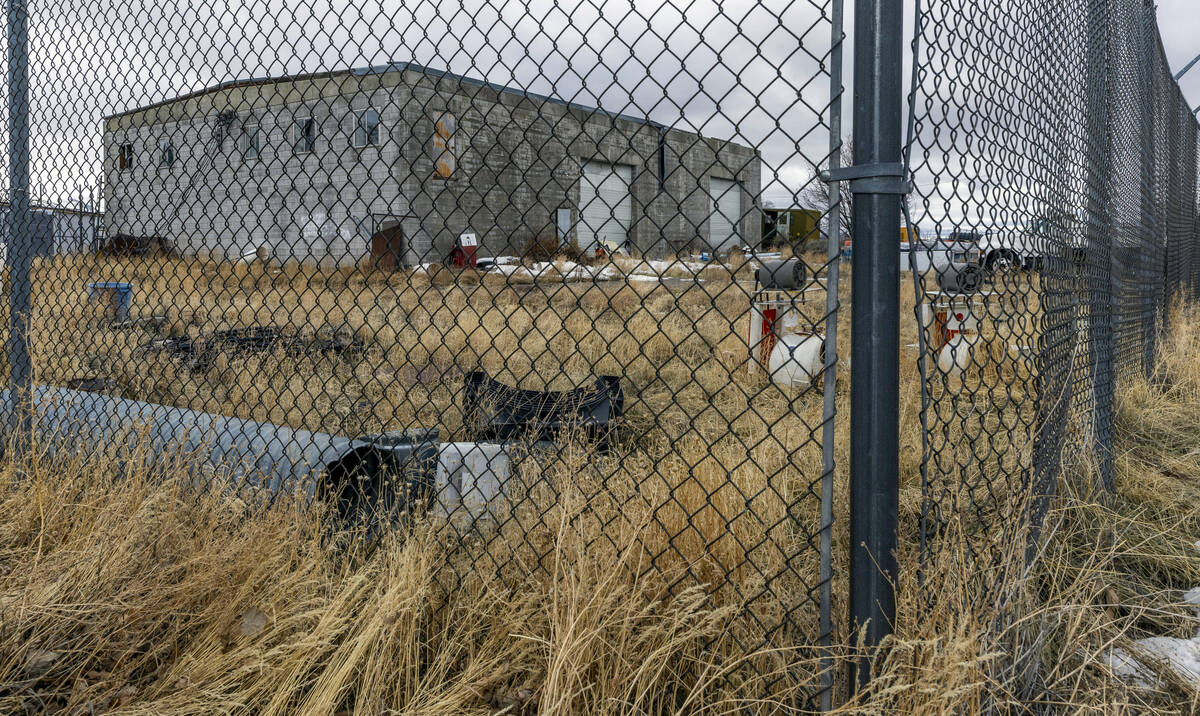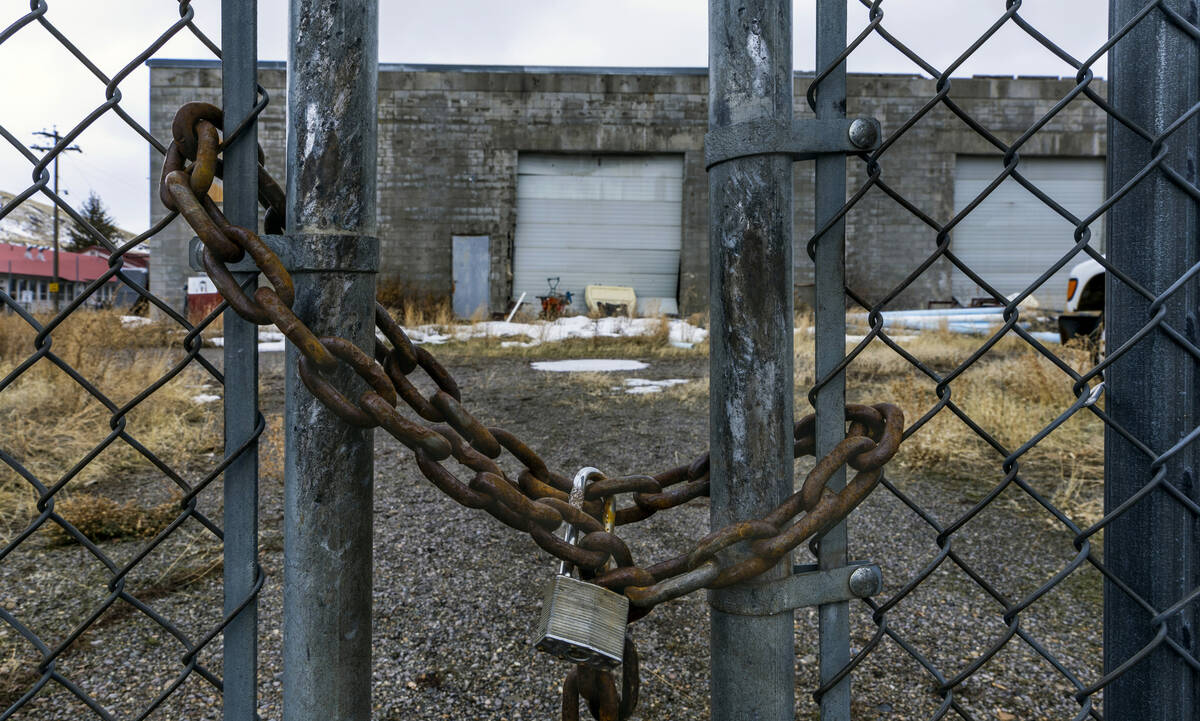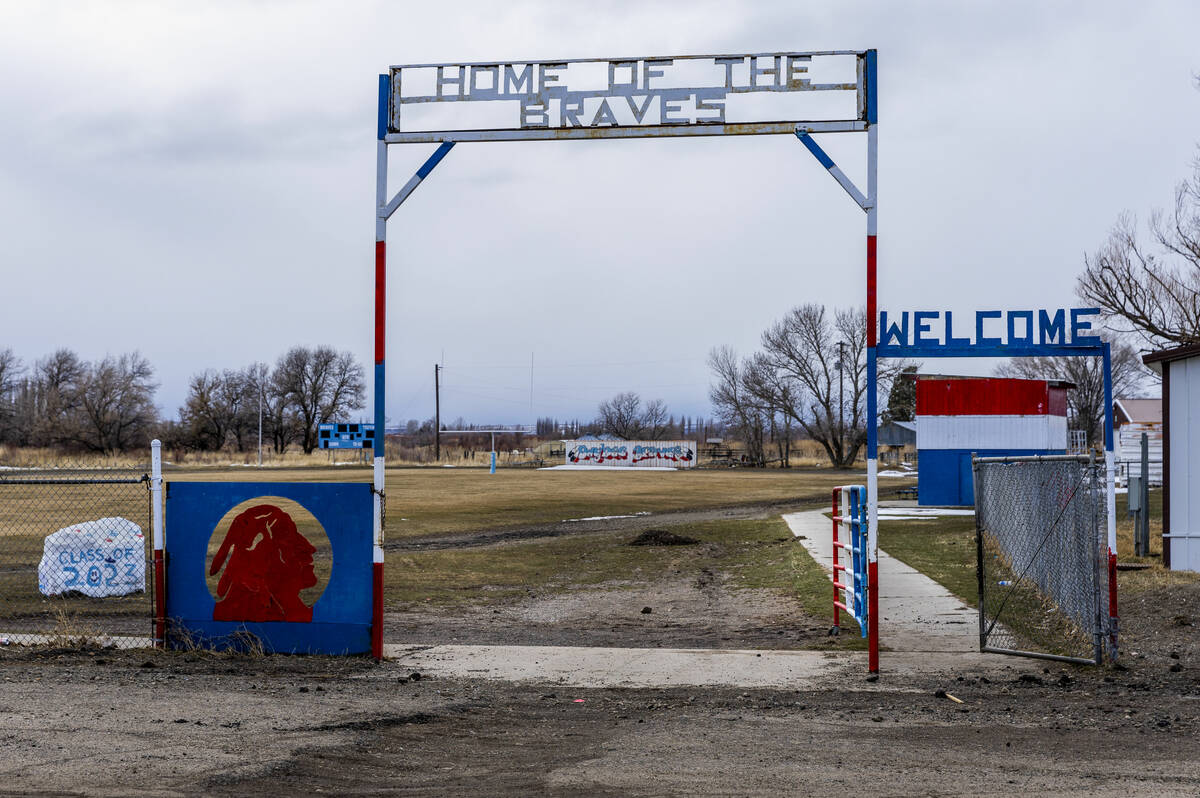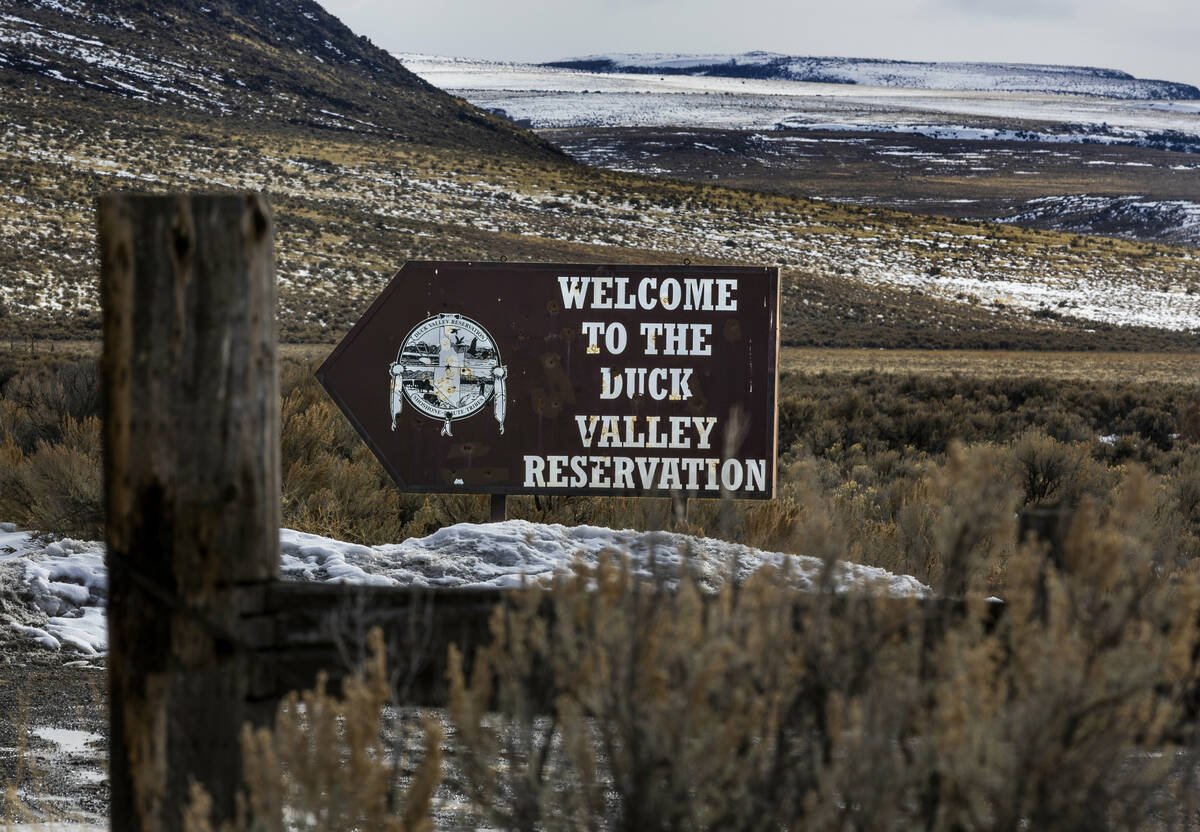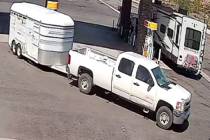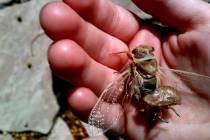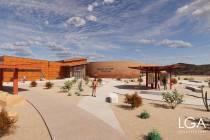Tribe breaks ground for new school after old building linked to cancer deaths
The Shoshone-Paiute Tribes of the Duck Valley Indian Reservation in northern Nevada broke ground Friday on a new school that will replace a 70-year-old building tribal leaders have linked to many cancer deaths in the community.
“It’s quite the accomplishment,” said tribal Chairman Brian Mason. “It was a big effort by just not myself, but everybody involved. And it couldn’t have benefited a better demographic group than the children. And that’s all that really matters.”
The Owyhee Combined School, where generations of tribal members were educated, sits adjacent to hydrocarbon plumes that Mason believes is the cause of more than 100 cancer cases among tribal members over the years.
In the 1950s, a maintenance shop owned by the Bureau of Indian Affairs began disposing of diesel and other oils through a shallow injection well. By the 1980s, the school’s water began tasting and smelling like fuel, according to Mason.
Although the old drinking water wells were capped and replaced by new ones, tribal leaders fear the contaminants could remain in the old school pipes.
Since he became chair in 2022, Mason, school staff and other tribal members have worked to replace the school. They raised awareness at the United Nations and successfully pushed state legislators in the 2023 session to appropriate $64.5 million toward a new school. The tribe is also contributing $12 million to the project, Mason said.
Half of state money was put into the Elko County School District account; the other half is sitting in the state treasury, according to Will Adler, who lobbied for the bill as principal of Silver State Government Relations.
Mason said he hopes the new school will be complete in two years.
The tribe finished its required archaeological and hydrological studies, Mason said. He also just signed a contract for the Idaho National Guard to come in April and do the leveling work on the 88-acre property, he said.
The design of the new school is also almost finished. It will be built about five miles north of the original, closer to the tribe’s headquarters. It also will be set back about half a mile from the main highway, Mason said, and be away from the hydrocarbon plume.
“That’s a relief in itself,” Mason said.
The original building was erected in 1953, and it was showing its age. In past winters, Mason said, kids would sit in classrooms with their coats on because the heater broke.
With the new school, everything will be upgraded. The old school had been designed for 120 students; the new one will accommodate the nearly 400 students who attend Owyhee.
The setback from the main highway is a safety improvement to the current school, which is only separated from the highway by a parking lot. A new access road was started on Friday, said Lynn Manning John, vice principal of the Owyhee Combined School and member of the Shoshone-Paiute Tribes of the Duck Valley Indian Reservation.
Manning John said there are still a lot of elements that have to come together before there is an actual building. She compared it to a pregnancy and said, “it’s like getting that first pregnancy test, but it’s still weeks away.”
“Sometimes it seems surreal,” she said. “We’re making progress.”
The architect did a great job designing the building so that it suits the entire student body, Manning John said. In the current school, kindergarteners share hallways with 17-year-olds. The new designs create a space for them to coexist without impeding on each other, she said.
Designs also allows for every classroom to have natural light, and there will be age-appropriate playgrounds away from the road, Manning John said. The prospect of a two-story school has also been exciting for the students — there are not a lot of multi-story buildings in the community, she said.
Mason hopes the new school will also attract more educators. The tribe plans to build new housing close to the school for teachers, he said.
One challenge the tribe faces is getting a contractor to come all the way out to the reservation, which sits on the Nevada-Idaho border 100 miles away from any major freeway, Mason said. The actual cost of construction, which includes travel and diesel, is what contributed to the high construction estimate.
While Friday’s groundbreaking ceremony was just for the community, the tribe is organizing another ceremony in which the governor and United States senators are expected to attend, Mason said.
Future funding for rural school projects
Other rural schools could also get funding for capital improvement projects, thanks to the 2023 law that had appropriated funds for Owyhee.
Assembly Bill 519 paved the way to fund projects for rural schools across the state, except in the large counties of Clark and Washoe, that may not have the tax base to fund schools locally.
A rural county commission can agree to put a property tax in place that will raise funds for school capital improvement projects. Those funds will be transferred to the school district for improvements, and then the county can ask for a one-to-one grant from the state, essentially doubling the money available for a project, Adler said.
Elko, for instance, is considering implementing a 22-cent tax — although taxpayers would not see a change in their taxes, according to Commissioner Jon Karr. Those funds would go toward other Elko School District projects.
“I don’t know if the rural counties are really thinking about this and how this can help them,” Karr said.
Contact Jessica Hill at jehill@reviewjournal.com. Follow @jess_hillyeah on X.



